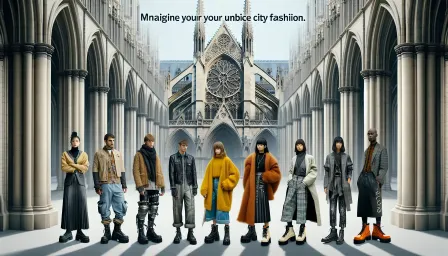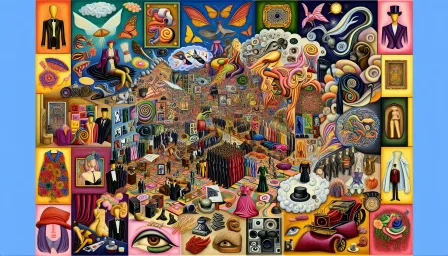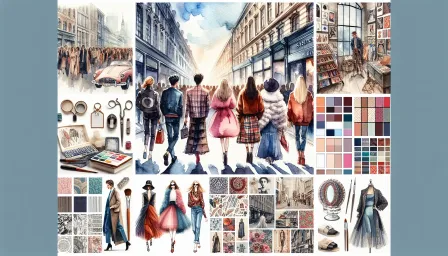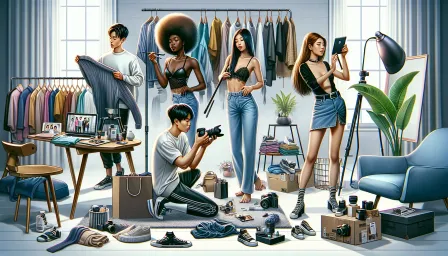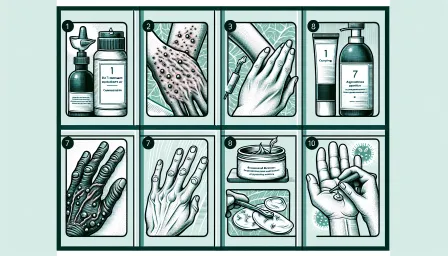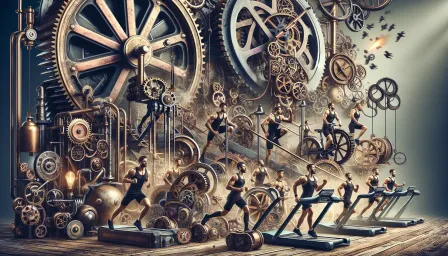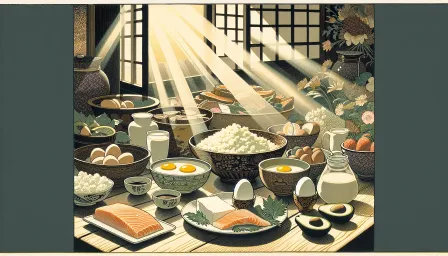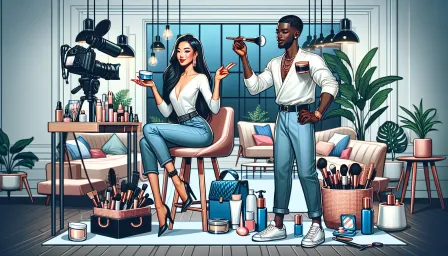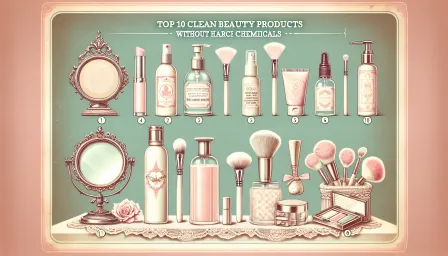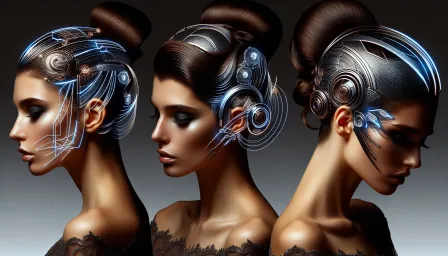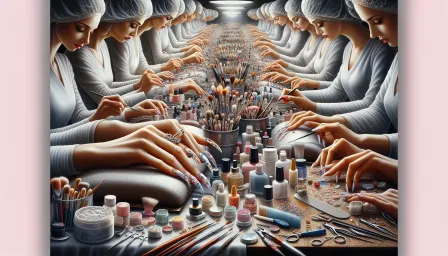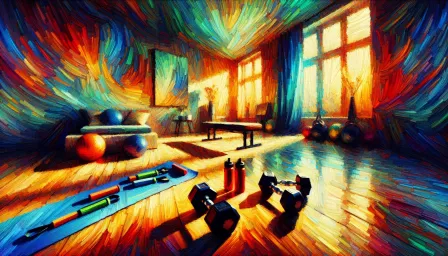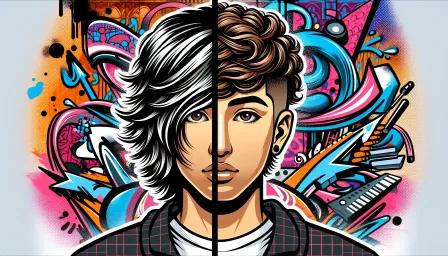Master Fashion Photography Techniques: From Beginner to Pro
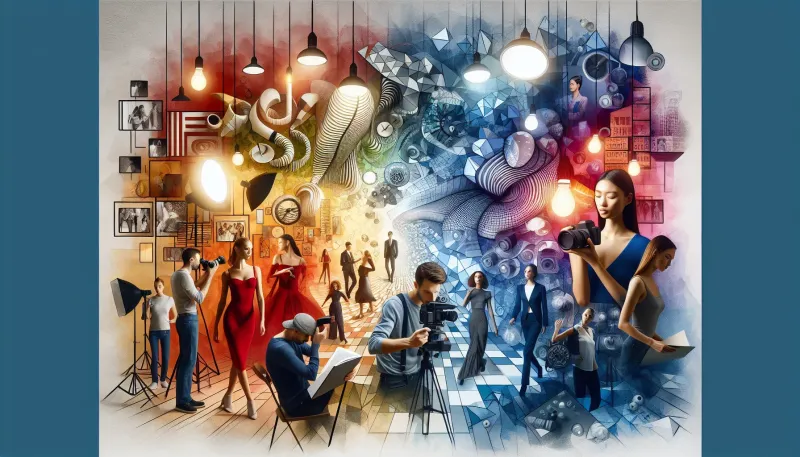
Learn essential fashion photography techniques with our comprehensive guide. Elevate your skills from beginner to professional with expert tips and insights.
Introduction
Fashion photography is one of the most exciting and dynamic fields in the world of visual arts. From glossy magazine covers to high-end fashion campaigns, fashion photography bridges art and commerce in unique ways. Whether you are a beginner just starting your journey or an experienced photographer looking to refine your skills, mastering the essential techniques of fashion photography is crucial. In this comprehensive guide, we will walk you through the tips and techniques that can help you elevate your fashion photography from novice to professional level.
Understanding the Basics of Fashion Photography
The Story Behind the Image
Every effective fashion photograph tells a story. Understanding the narrative you want to convey is the first step in crafting compelling images. Whether it’s the quality of the fabric, the personality of the model, or the mood of the setting, every element should contribute to the overall story.
Lighting Techniques
Lighting is a cornerstone of effective fashion photography. Natural light can offer soft and flattering options, especially for outdoor shoots. For studio settings, using a combination of key lights, fill lights, and backlights will help you control and shape the image. Experimenting with different lighting setups will allow you to find what best suits your style and the story you aim to tell.
Lens Selection
The lens you choose has a significant impact on the final image. Prime lenses, such as 50mm and 85mm, are popular in fashion photography for their sharpness and ability to create a shallow depth of field, which helps isolate the subject from the background. Zoom lenses offer flexibility, especially in bustling and unpredictable environments like fashion shows.
Advanced Fashion Photography Techniques
Mastering Posing and Composition
Posing and composition are crucial elements in fashion photography. Study classic fashion poses and pay attention to body language and angles. Remember that each pose should complement the clothing and accessories being showcased. As for composition, the rule of thirds and leading lines can guide the viewer’s eye to the focal points in your images.
Post-processing and Retouching
Post-processing can make a significant difference in the quality of your fashion photographs. Tools like Adobe Photoshop and Lightroom offer extensive capabilities for color correction, skin retouching, and background enhancements. However, the key is subtlety; over-processing can detract from the authenticity of the image.
Styling and Collaboration
Fashion photography is a collaborative art. Working closely with stylists, makeup artists, and fashion designers can bring added layers of creativity and professionalism to your shoots. Collaboration ensures that all elements, from wardrobe to set design, align with the vision and story you aim to capture.
Industry Insights and Practical Tips
Building a Portfolio
A strong portfolio is essential for attracting clients and booking paid assignments. Include a diverse range of work that showcases your versatility in different styles and settings. Invest time in testing and collaborations to continually update and refine your portfolio.
Networking and Marketing
Networking within the fashion industry can open doors to numerous opportunities. Attend fashion shows, participate in industry events, and connect with professionals on social media platforms such as Instagram and LinkedIn. Additionally, having a professional website can serve as a digital portfolio and contact point for potential clients.
Keeping Up with Trends and Technology
The fashion industry is ever-evolving, and staying current with trends and technology is vital. Follow fashion blogs, join online forums, and subscribe to industry publications to keep abreast of new techniques and emerging trends. Continuous learning and adaptation can help keep your work fresh and relevant.
Conclusion
Fashion photography is an exhilarating field that offers endless opportunities for creativity and expression. By mastering the fundamental and advanced techniques discussed in this guide, building strong industry connections, and continually honing your skills, you can elevate your practice from a hobby to a professional career. Remember that every great photographer started as a beginner, and through dedication and passion, you too can master the art of fashion photography.




